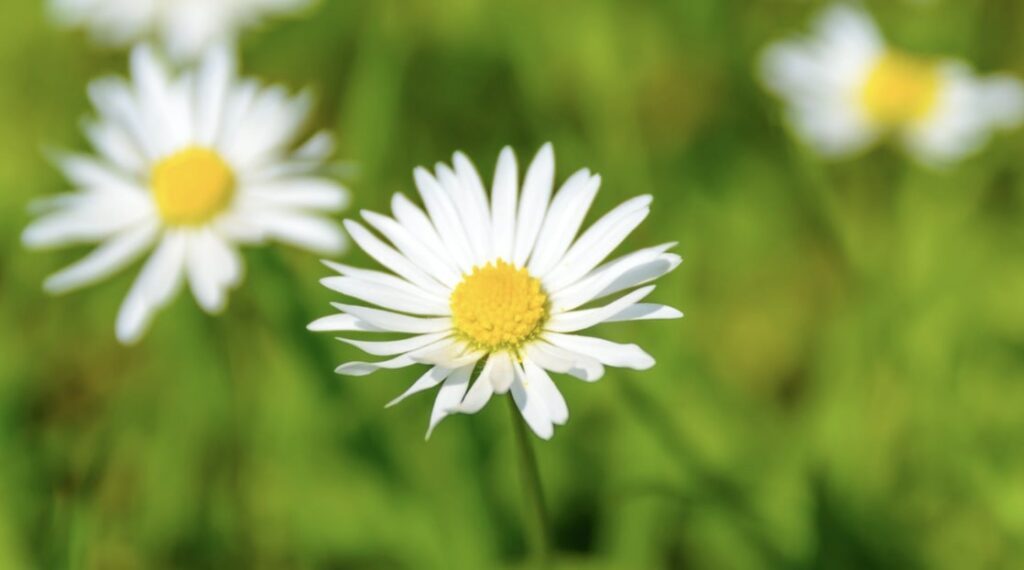Daisies are a perennial favorite (no pun intended) with their light and carefree traits. They’re so lovely especially when you see them swaying along with the wind.
Add to that, these flowers are flexible, as they can be grown indoors or outdoors. So you have more growing location options compared to other plants.
As a result, you won’t go wrong in getting daisies whether they’re Gerberas, Shastas, or other nice varieties. Keep reading to know how you can take good care of them!
Growing Daisy Plants


These cheerful flowers can be grown as annual or perennial flowers. It’s up to you how you’ll plant them!
“Annuals” refer to plants that grow from seed to flower within a growing season. Whereas, perennials can live for many growing seasons with the top part of the plant dying in winter and then growing back in spring.
Like their beloved sunny character, daisies love to get full sunlight to grow abundant and colorful blooms.
Along with that, they should be planted in healthy, neutral, or a bit acidic soil between 6 and 8 on the pH scale.
But this alone may not suffice, so you’ll have to amend the soil with organic matter like peat moss, sand, or aged manure to give them an ideal environment to grow in.
Plus, you have to give them ample watering, especially when the weather is hot and dry. It’s vital to do this in their first and second seasons since these are when they’re developing their root structures.
After that period, they can endure mild drought periods, but still, water them till they’re moist. However, don’t overdo it, as it may lead to root rot and mold damage.
Tips in Caring for Daisy Flowers


You can either grow daisies as seeds or as rooted plants easily. Here is how you can do that:
- Growing daisy from seeds – Sow the seeds into the ground at 1/8 inch deep to give the roots and shoots space to grow in. You can do this outside in the garden or in a pot with good drainage.
The seeds will germinate in 10 to 20 days. And they should start blooming during the next spring or fall season.
- Growing rooted daisies – Dig a hole that’s twice the diameter of the daisy pot you got from the florist. Plant the hole with very little space between the roots and the soil, and fill in the spaces with soil loosely.
Moreover, give them a balanced fertilizer in late autumn to greatly benefit their leaves, petals, and roots as they grow.
About maintaining the daisies’ look, trim or remove flowers that are wilted or starting to fade. Not only does this keep them neat and pretty, but mold won’t have a chance to grow on decaying blooms.
Also, prepare your daisies for winter by covering them with mulch on their sides. Keep in mind, though, that the mulch shouldn’t cover the leaves of the plant.



